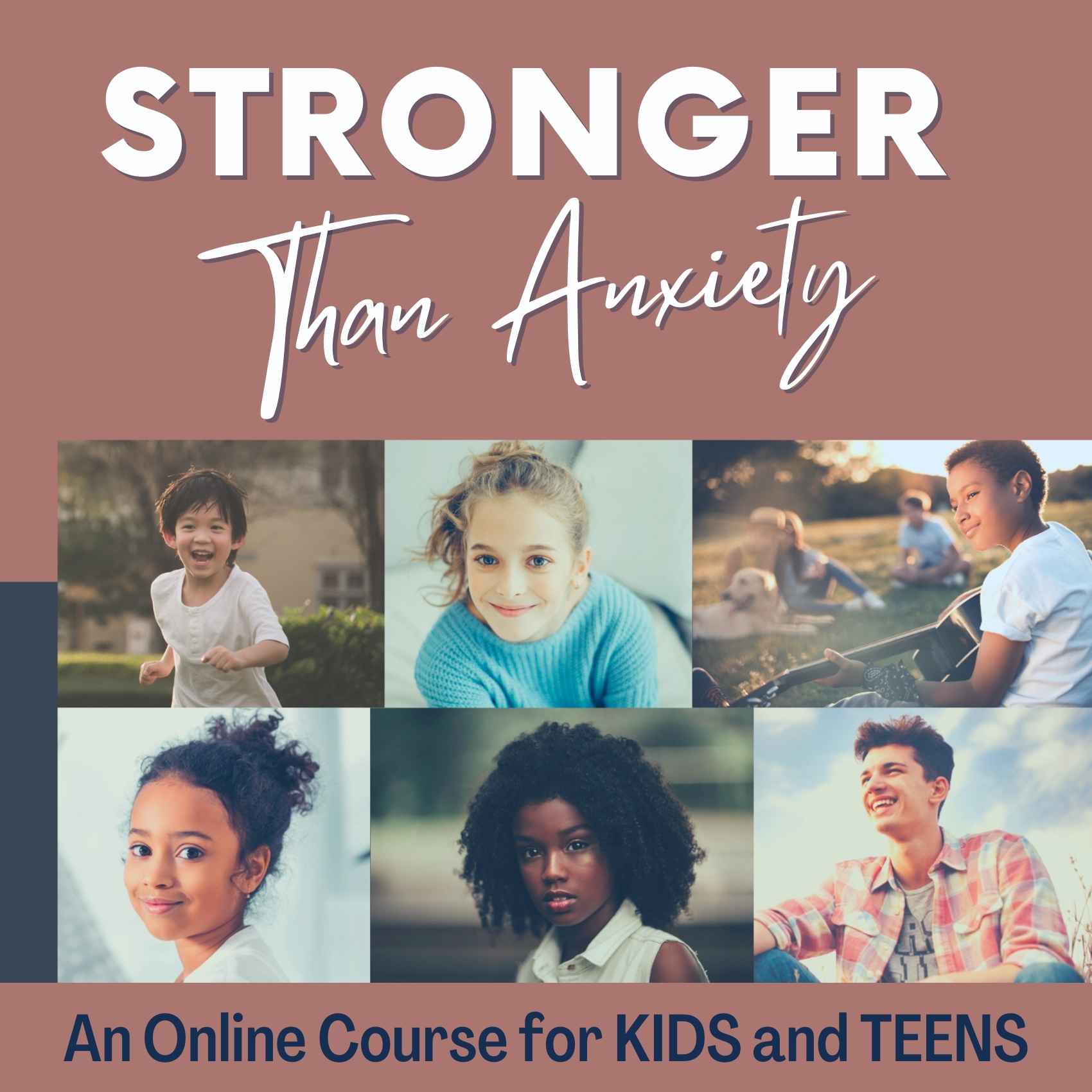
A short course for kids and teens to strengthen against anxiety - in the moment and forever!
Young people are powerful when we empower them. ‘Stronger Than Anxiety’ is a short, online course for children and teens to watch on their own or with their important adults. It will focus on providing children and teens with the information and strategies they need to strengthen themselves against anxiety and build their capacity for calm, courage, and resilience.
If you are a young person who has ever struggled with anxiety – a lot or a little, or if you have ever wanted to extend your reach towards brave, this is the course for you. Anxiety and courage always happen together, but so often, anxiety can get in the way of the important, meaningful things we need to do. Something we know for certain is that you will always have more courage in you than you think. You can feel anxious, and do brave. You are braver, stronger, and more powerful than you could ever know, and you will always be able to do more than you think you can. Now to show you how. In this video, we’ll explore:
- Why anxiety feels the way it does.
- Why anxiety always comes with courage, and how to access that courage when you need to.
- A way to think about anxiety that will help soften its impact.
- How to feel braver, stronger, and more powerful when you need to.
- How to calm anxiety in the moment to make way for the important things you need to do.
- The connection between anxiety and your ‘thinking brain’ – and how to switch your thinking brain on.
- The connection between anxiety, anger, sadness, and a new way to think about (and manage) big feelings.
- The powerful, proven strategies that will build courage and resilience, and strengthen against anxiety in the short and long term.
Let’s get anxiety out of your way – because the world needs you more than ever.
This course includes a video and a workbook. Access will be available for 3 months from the date of purchase.
NOTE: This course is included in ‘Anxious to Brave’ – An Online Course for Parents.
Bulk purchase options for schools or organisations.
This course is a personal license for individual use only. If you would like to make the content available to the children, teens, or families in your school or organisation, we have licensing options to make that happen. Please see here for more information about multiple license discounts, and broadcast licenses.
This course is intended to offer meaningful support to young people to build courage and resilience in their day-to-day lives. It is not therapy, nor is it intended to replace any therapy your child might currently be involved in.

